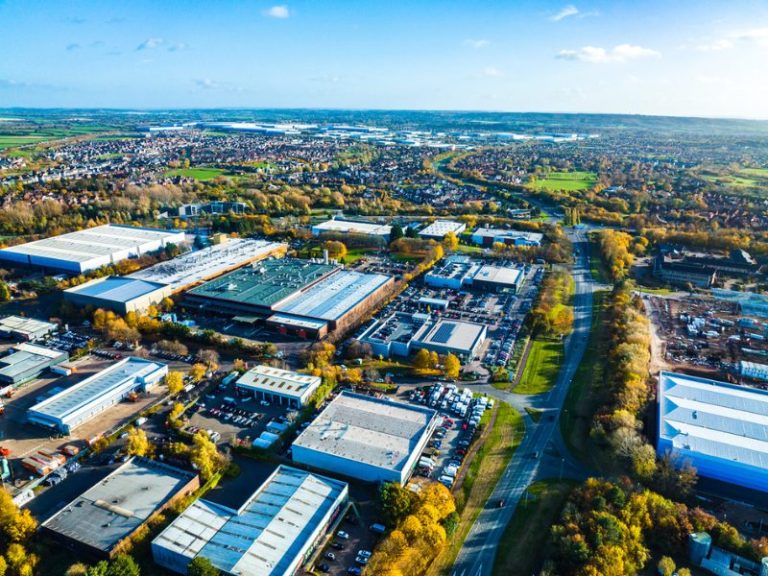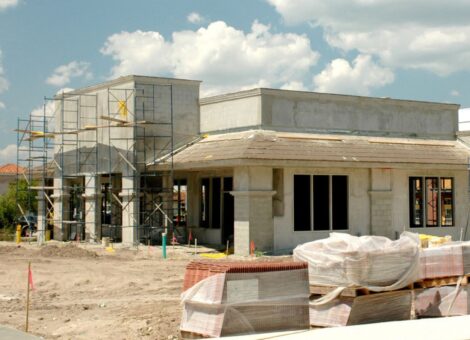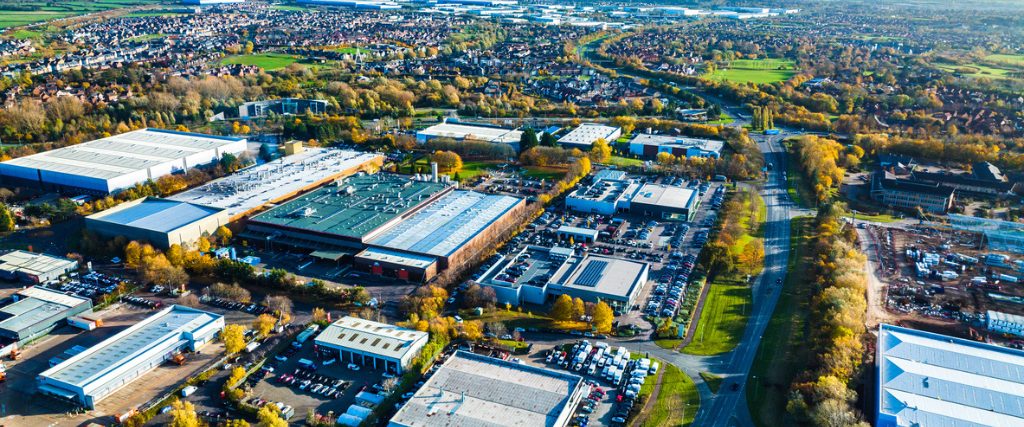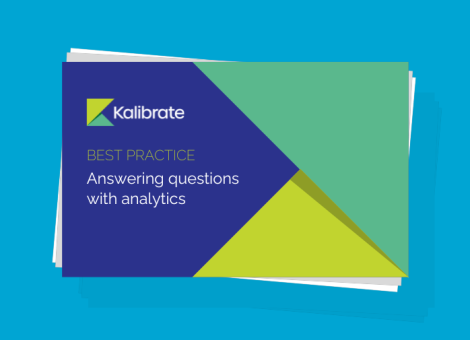Can you forecast cannibalization when opening new locations?

Understanding how a new store might impact existing locations is critical for retailers and franchise businesses alike. From executive decisions to frontline operations, having visibility into cannibalization effects can drive smarter, more profitable growth.
Below, we answer the key questions surrounding this issue.
Who needs to know the answer?
The question of cannibalization is relevant across a wide spectrum of roles in an organization, regardless of size or maturity. For early-stage businesses, it might be founders or presidents asking the question. In more mature enterprises, it’s often the CEO, CFO, or VP of Real Estate driving the conversation. These individuals are typically part of the Real Estate Committee and need to fully understand the implications of a new opening before greenlighting a site.
In corporate-owned brands, even if cannibalization forecasts don’t necessarily block a new store from opening, they provide critical foresight to operations and finance teams. Knowing there may be a dip in nearby stores’ performance allows for proactive planning. On the other hand, franchise brands rely even more heavily on these insights. Cannibalization concerns can completely stall or prevent an opening due to spacing rules and impact thresholds laid out in Franchise Disclosure Documents (FDDs). These rules are in place to protect existing franchisees from significant financial losses due to overlapping trade areas.
The real estate function, ranging from the Chief Development Officer and VPs of Real Estate to real estate managers and directors, needs to assess cannibalization before submitting sites for approval. Dealmakers in these roles depend on data to validate their recommendations.
Analytics teams also play a major role. Whether these capabilities exist internally or through a partner like Kalibrate, there’s an expectation that any new site forecast should include a cannibalization analysis. Franchise development teams rely on this information to protect and support existing franchisees, while also justifying new openings that could raise concerns among operators.
Finance is another critical stakeholder. Forecasts need to account for cannibalization when projecting revenue for new stores and evaluating same-store sales performance over time. From CFOs to FP&A analysts, having the full picture is essential for accurate planning.
Operations leaders, like COOs and regional managers, use this data to plan staffing, inventory, and customer experience strategies when existing locations may be affected. Similarly, marketing teams benefit by knowing where customer overlap is likely. With this insight, they can optimize campaigns, avoid oversaturating markets, and make grand openings more impactful.
While these responsibilities are consistent across different stages of business maturity, in smaller or less-resourced companies, departments like marketing, operations, and finance may not always have the bandwidth to adapt their strategies to every forecast. But even when resources are tight, the need for visibility remains.
What are the risks of taking action without the capability?
Launching a store without understanding the cannibalization impact is risky and can significantly hurt overall performance. For instance, a brand might have five stores in a market generating $25 million in total revenue. If they open a sixth store expecting $5 million in new revenue, they might assume the market will now yield $30 million. But without factoring in cannibalization, that number could be far off. In extreme cases, more than 50% of the new store’s sales might be pulled from neighboring stores, resulting in a total market gain of only $2.5 million or less.
For franchise models, the risk is even more severe. Violating FDD terms around spacing and revenue impact can lead to legal trouble. If a new franchise location causes a nearby franchisee to lose 30% of their revenue, that franchisee may have grounds for legal action. The franchisor, or even the franchisee who opened the new store, could be held financially responsible. This creates not only legal exposure, but reputational damage and internal tension within the franchise network.
What’s the format of output?
Cannibalization analysis can be delivered in several ways depending on the organization’s needs. For companies seeking insights on a case-by-case basis, it might come as a standalone report, such as Kalibrate’s market impact study, which shows the one-to-one relationship between a proposed store and nearby existing locations. For businesses operating at scale, these insights can be integrated directly into a platform like Kalibrate Location Intelligence (KLI), allowing teams to generate cannibalization reports dynamically as needed.
“Forecasting cannibalization isn’t just about protecting existing stores—it’s about understanding true market growth. Without it, you’re flying blind.“
Robert Matson, Vice President of Retail Sales and Solutions Consulting
In many cases, cannibalization modeling is baked into broader forecasting models by default. This means companies get a comprehensive view of store performance potential, both in isolation and in context with existing locations, right from the start.
What are the benefits?
The benefits of forecasting cannibalization are numerous. First and foremost, it provides a complete view of profitability. Forecasting only the performance of the new store gives an incomplete, and potentially misleading, picture. When cannibalization is included, leadership can better assess the true impact of expansion.
It also leads to more accurate market revenue projections, especially during rapid growth periods. For franchise organizations, it significantly reduces the risk of violating agreements and triggering legal action. And with more precise forecasts, marketing and operations teams can fine-tune their plans around grand openings and better allocate resources to maximize impact.
What questions should you ask next?
Once you understand the impact of new physical stores on existing ones, the next logical step is to consider how new openings affect ecommerce performance. Many brands observe a lift in local online sales after a new store opens. This boost can be due to increased brand awareness, local trust, or improved convenience. However, the extent and duration of this ecommerce lift can vary dramatically by brand. So, if you’re forecasting physical impact, it’s just as important to ask: What will this store do for our digital channels?
Read more articles about:
Location intelligenceSubscribe and get the latest updates
You may unsubscribe from our mailing list at any time. To understand how and why we process your data, please see our Privacy & Cookies Policy
Related resources
Location intelligence
KLI platform updates: Market Optimizer, AI rollout, Competitive Insights reporting
The Kalibrate Location Intelligence platform continues to involve to meet the needs of growing companies. Here, we...

Location intelligence
A slice of the pie: Sales transfer in franchised restaurants
How can you quantify the impact a new opening nearby will have on your location? We explore a typical approach.


